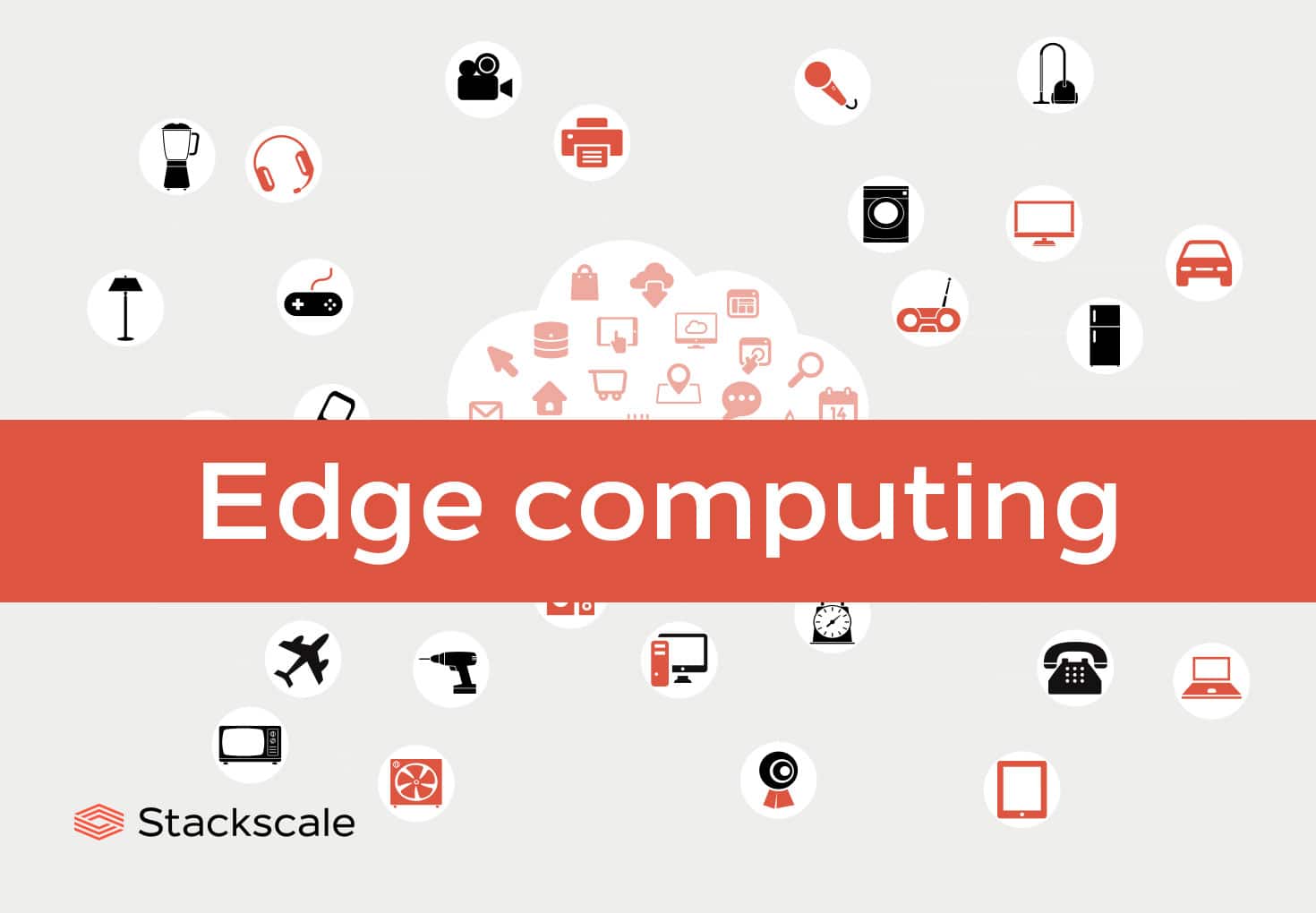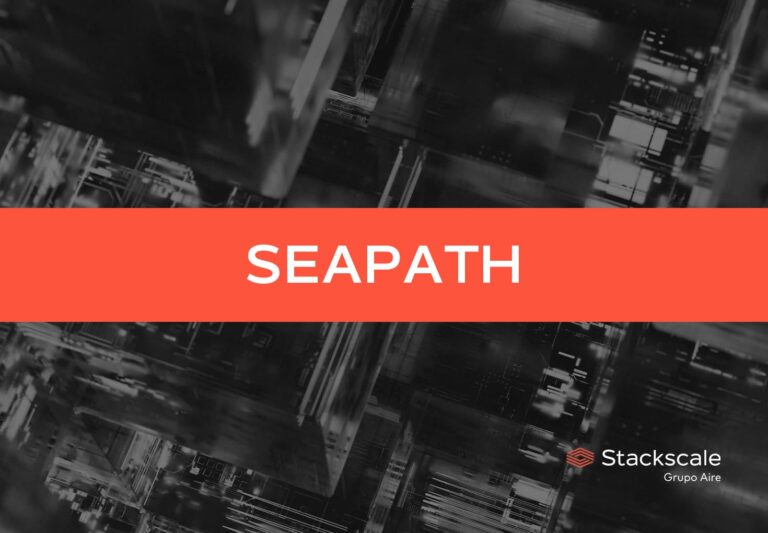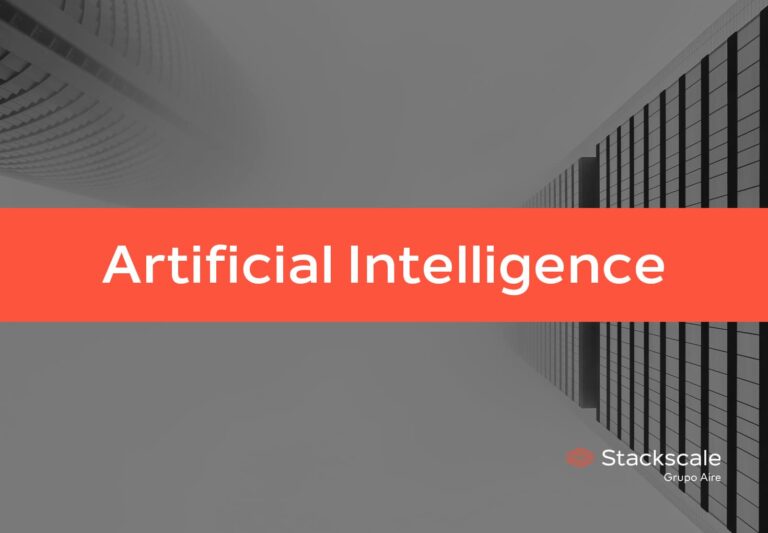Edge computing is a distributed computing architecture, key for those applications that need a really low latency, such as: self-driving cars, real-time image recognition or Augmented Reality (AR). This new paradigm originates in Content Distribution Networks (CDNs), created in the late 1990s to place content closer to end users as the Internet continued to grow fast.
What is edge computing?
Edge computing is a distributed computing paradigm that consists of bringing data storage and computing closer to where it is generated. By moving computing capabilities closer to the source of the data, it is possible to leverage many benefits like saving bandwidth and improving response times. This is essential for applications requiring real-time data-driven decision-making.
The edge is closely related to CDN solutions, which accelerate loading speeds and allows companies to handle large traffic volumes without disruptions. In addition to acting as a first defensive line against cyberattacks.
This new paradigm is rising due to the exponential growth in the number of connected devices driven by the Internet of Things (IoT); and the consequent massive amount of data generated. Therefore, it is expected that edge servers will be integrated into cloud services to decentralize data consumption from data centers.
Edge nodes are secure servers located close to where data is created and used, it is to say, close to the network’s edge. So that it is as close as possible to the end user. In order to move data processing to the network’s edge, its development is essential. So, fiber optics and 5G technologies play an important role in the successful implementation of edge computing.
Edge Computing vs Cloud Computing
Although edge and cloud computing share some similarities, they are intended for different purposes.
On the one hand, edge computing aims to face the challenge of handling the massive amounts of data generated by IoT sensors and devices; by bringing data processing outside the datacenter. Thus, it is particularly focused on reducing bandwidth usage and latency for applications that require processing sensor-generated and user-generated data in real-time.
On the other hand, cloud computing delivers network, storage and computing resources over the Internet. This distribution model makes it easy for companies to deploy their IT infrastructure without buying their own hardware or managing and maintaining their own data center. Data is processed in remote servers centralized in data centers.
Edge and data sovereignty
Edge computing can also have a positive impact on data sovereignty, a priority within the EU. Data sovereignty, protection and privacy are essential aspects for building trust and creating added value as digitalization expands to more and more industries.





